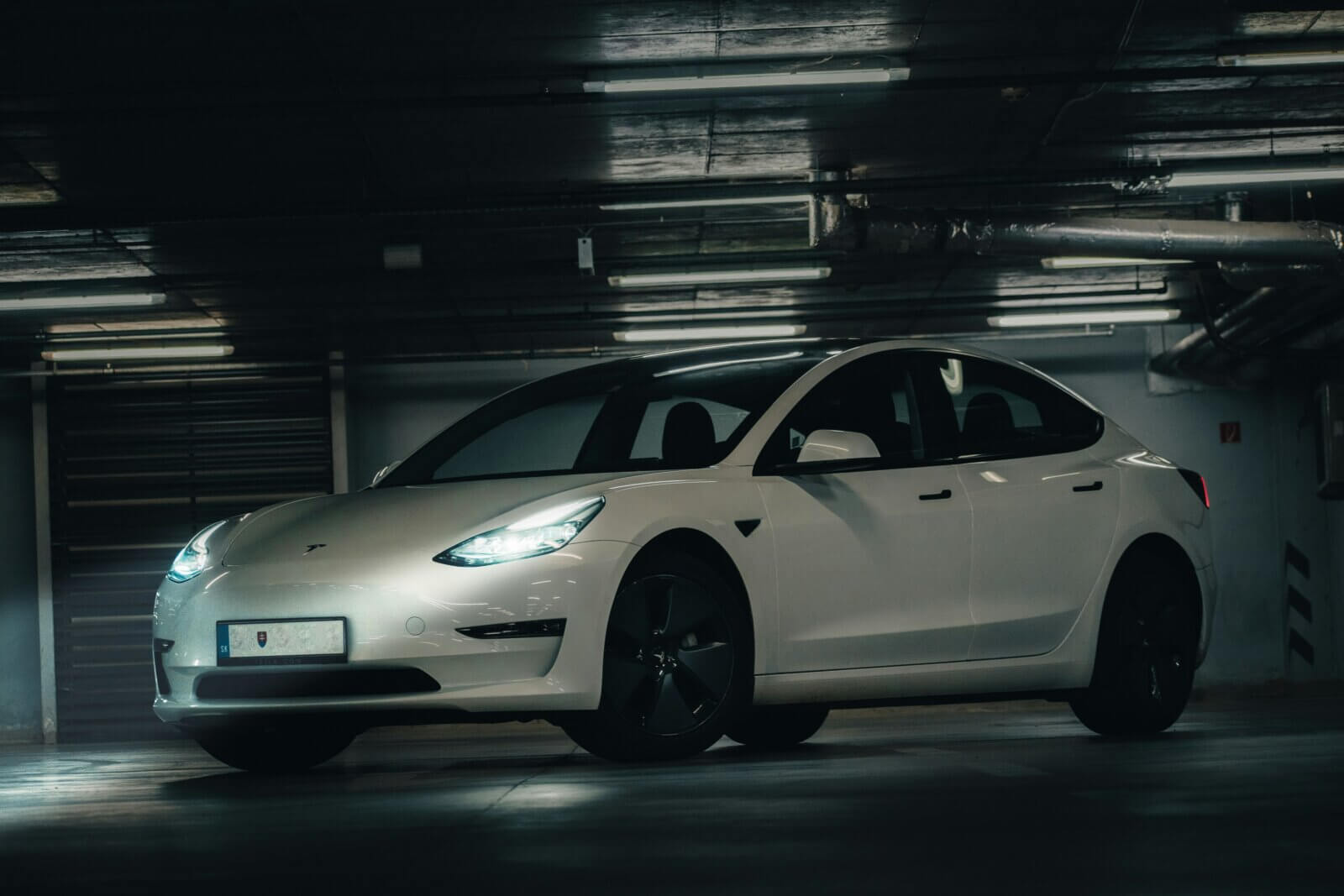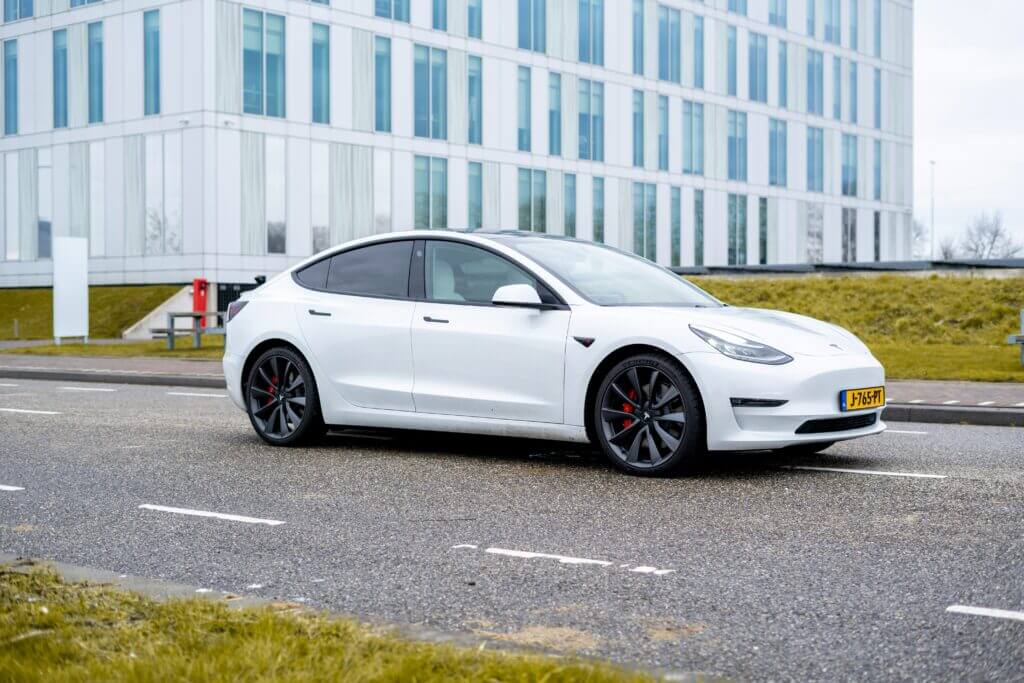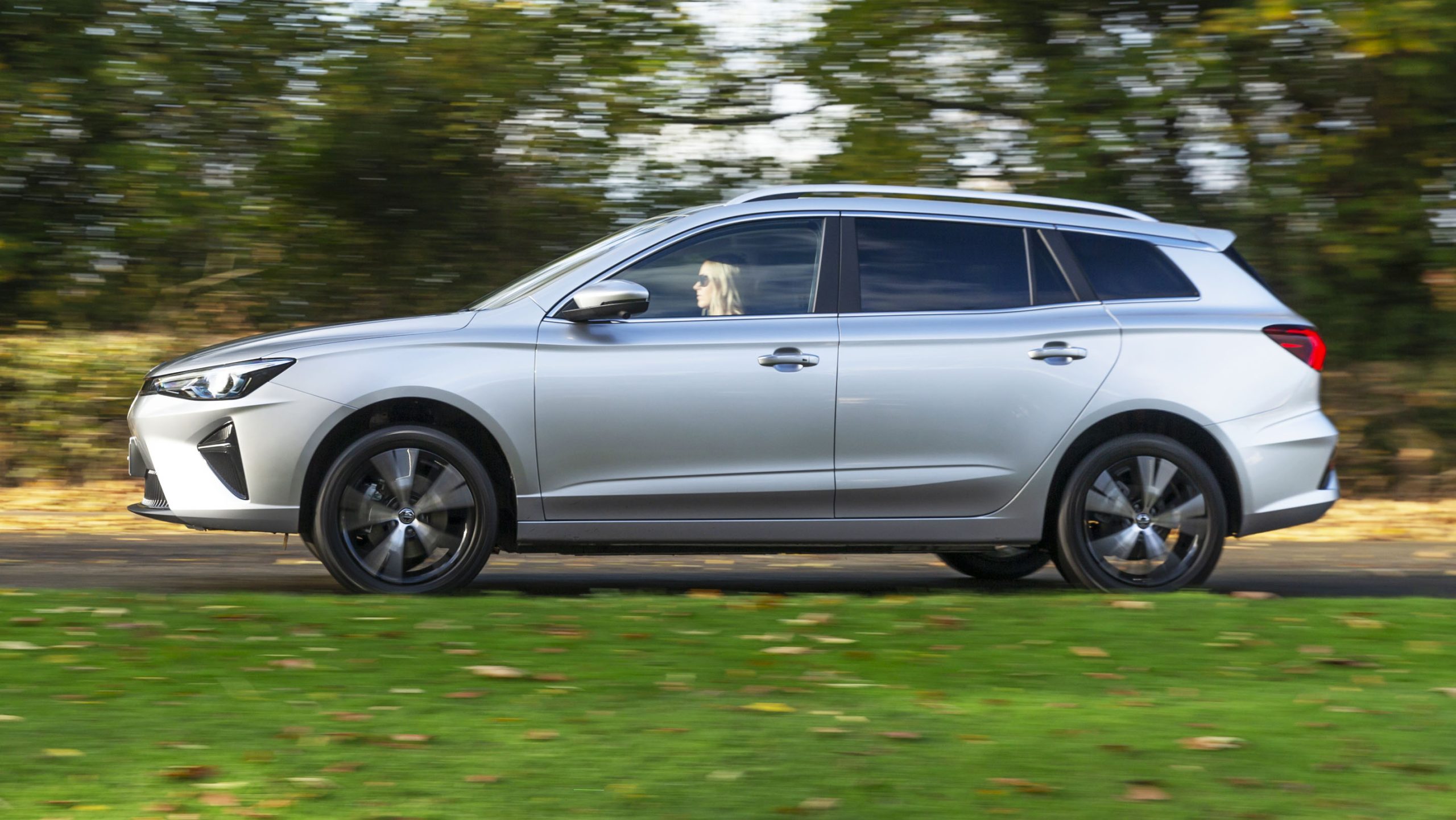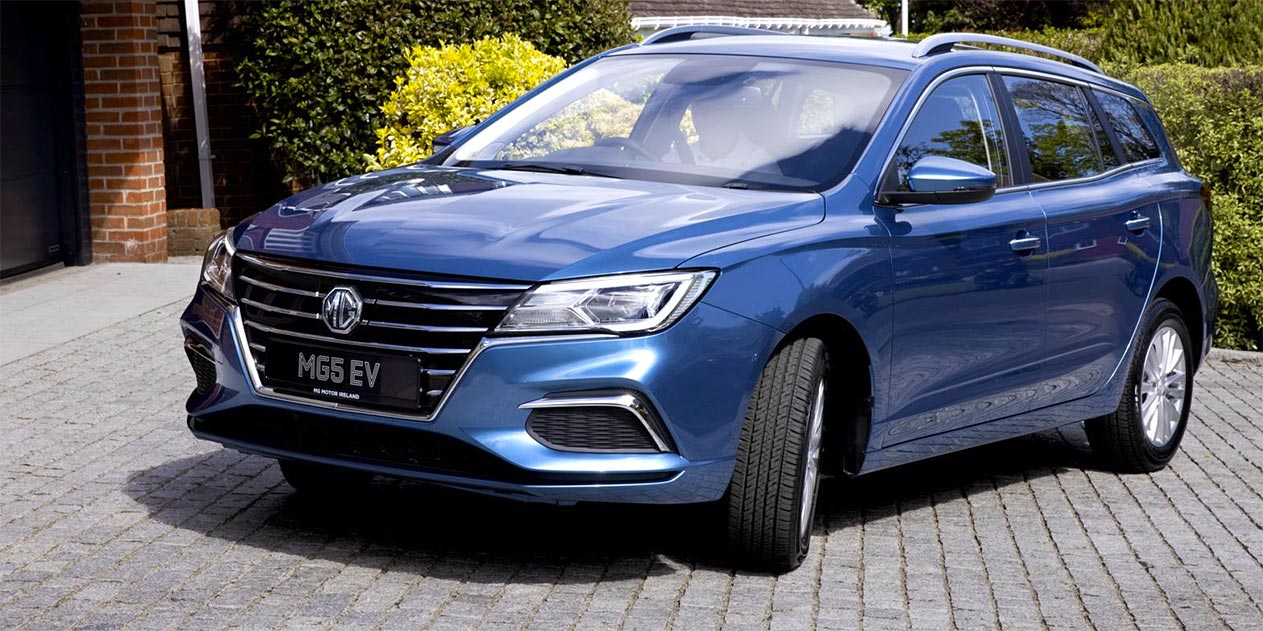
What adapters are needed for the American Tesla Model 3 in Europe?
When importing a Tesla Model 3 from the US to Europe, owners often face the problem of connecting the car to local charging stations. American electric vehicles have a NACS (North American Charging Standard) charging port, while in Europe, CCS Combo 2 and Type 2 are used. The main goal is to provide charging at public stations, which are becoming increasingly scarce in Europe.
Content:
When importing a Tesla Model 3 from the US to Europe, owners often face the problem of connecting the car to local charging stations. American electric vehicles have a NACS (North American Charging Standard) charging port, while in Europe, CCS Combo 2 and Type 2 are used. The main goal is to provide charging at public stations, which are becoming more and more common in Europe. This requires special adapters that allow the vehicle to be safely connected to the stations, although the key will be to use CCS Combo 2 in most situations.



What types of charging stations are there in Europe?
There are several main standards for charging electric vehicles in Europe:
- Type 2 is the most common standard for alternating current (AC) charging, which provides medium charging speeds. Type 2 is generally suitable for home and public charging. However, in some cases with US Tesla models, charging via Type 2 may be unstable due to the single-phase charging port (new emphasis on Type 2 instability).
- CCS Combo 2 is a standard for fast direct current (DC) charging that allows for much faster charging. For the American Tesla in Europe, CCS Combo 2 is the most important because it is compatible with European Supercharger stations and provides optimal charging in 99% cases.
- CHAdeMO is a standard that is being phased out in Europe as the CCS Combo 2 offers greater speed and convenience.
What adapters are needed for Tesla Model 3 from the USA?
To successfully charge your Tesla Model 3 from the US in Europe, it's important to understand what adapters you'll need to use different types of charging stations. The difference in charging standards between the US and Europe poses some challenges for EV owners, but with the right adapters, these issues can be easily resolved. In this section, we'll take a look at the three main adapters needed to charge an American Tesla in Europe: CCS Combo 2, Type 2, and Type 1.

1. CCS Combo 2 for fast charging
CCS Combo 2 (Combined Charging System) is the main standard for fast DC charging in Europe. This adapter is universal for DC charging and is used at stations such as the Tesla Supercharger. Its compatibility with the European charging standard makes CCS Combo 2 a key component for Tesla Model 3 owners.
How does CCS Combo 2 work?
CCS Combo 2 allows you to connect your vehicle to stations with a charging capacity of up to 250 kW, which is ideal for long journeys. For example, a 250 kW station can charge a Tesla Model 3 to 80% in about 20-30 minutes, which is very convenient for travelling.
Tesla Superchargers in Europe also support CCS Combo 2, but vehicles with salvage title status may need to have their charging access unlocked after a high-voltage test. This limitation should be taken into account when choosing a car and adapter (information on salvage title and unlocking access to Supercharger is attached).
The main advantages of CCS Combo 2:
- Charging speed: The ability to charge a car at a speed of up to 250 kW.
- Compatible with most charging stations: Fits the vast majority of charging stations in Europe.
- Convenience when travelling: Ideal for long journeys, allowing you to quickly top up your charge.

2. Type 2 for alternating current
Type 2 is the standard for charging electric vehicles with alternating current (AC) and is the most common option for home charging stations or public stations with normal charging speeds. If you plan to charge your car at home or at local stations, this adapter is a must-have. Unlike the CCS Combo 2, which provides fast DC charging, the Type 2 is used for slower AC charging, but it is ideal for daily use when there is no urgent need for a quick top-up.
How does Type 2 work?
The Type 2 adapter allows you to connect your Tesla Model 3 to AC power stations such as home chargers or public charging stations with medium charging speeds. The maximum charging speed through this adapter is usually up to 22 kW, which is good enough for overnight charging or recharging the car while parked for a long time.
The main feature of this adapter is that it is mainly used for slower charging, so it is great for everyday use, such as when you charge your car overnight at home or at work. This adapter is also widely supported in Europe, so finding a charging station that supports Type 2 shouldn't be a problem.
Advantages of Type 2:
- Availability: Type 2 is supported by most home and public charging stations in Europe.
- Suitable for daily use: Ideal for daily charging at a medium speed.
- Possibility of home charging: The Type 2 is suitable for charging at home via stationary chargers.
Although charging with the Type 2 is slower than the CCS Combo 2, this adapter is extremely useful for regularly charging your car during long stops or at night.

3. Type 1 for home charging
Some US Tesla Model 3 owners may also use a Type 1 adapter, which is a different standard for alternating current (AC) charging. Type 1 is typically used for slow charging at home via a household outlet. This adapter allows you to connect your Tesla to J1772 chargers, which are common in America.
How does Type 1 work?
Type 1 connects to household outlets and chargers, allowing you to charge your Tesla at up to 7 kW. Although this is a rather slow charging rate, it is enough for those who charge their car at home or in places where the car will remain on charge for a long time. For example, it can be a convenient option for night charging.
This adapter is most often used in situations where there is no access to high-speed charging stations or special chargers. Using Type 1, you can safely leave your car on charge overnight and get a full charge by morning.
Advantages of Type 1:
- Easy to use: It plugs into standard household sockets.
- Efficiency: Suitable for slow but steady charging at home.
- Ideal for long-term charging: Suitable for situations where the vehicle is left charging for a long time, for example overnight.
However, it is worth noting that the charging speed with Type 1 is significantly slower compared to other adapters. Therefore, this option is most suitable for slow home charging or in places where access to high-speed charging stations is limited.

Is it worth using CHAdeMO?
CHAdeMO is one of the earliest standards for fast charging of electric vehicles, which has long been popular in Japan and some other countries, including Europe. Today, however, this standard is gradually falling out of use in Europe due to the active implementation of the newer and more efficient CCS Combo 2 standard. Tesla Model 3 owners from the US may consider using a CHAdeMO adapter, but there are several reasons why this option is losing its relevance.
The first thing to consider is the high cost of CHAdeMO adapters. In contrast to CCS Combo 2, CHAdeMO adapters are often more expensive, but do not offer the charging speeds required for modern electric vehicles. The maximum charging power via CHAdeMO is usually limited to around 50 kW, which is significantly less than that of CCS Combo 2, which can reach 250 kW. This means that even at CHAdeMO-enabled stations, your vehicle will charge more slowly, which is not always convenient, especially on long journeys.
The second reason is the decreasing number of CHAdeMO-enabled charging stations in Europe. Most public charging network operators are gradually switching to CCS Combo 2, as this standard supports higher charging speeds and is more versatile. Therefore, the number of available CHAdeMO stations is decreasing, which can create additional inconveniences when looking for a charging location.
Therefore, an investment in a CHAdeMO adapter is not advisable for US Tesla Model 3 owners in Europe. CCS Combo 2 is becoming the dominant standard, offering not only faster charging speeds but also better station availability. If your goal is to maximise charging convenience and speed, you should focus on CCS Combo 2 adapters, as CHAdeMO is gradually becoming a thing of the past.
Is it worth having multiple adapters?
Of course, having multiple adapters means being prepared for any situation, no matter where you are and what types of charging stations are available. This ensures that you can easily charge your electric vehicle without worrying about the lack of a compatible port or charging station.
The CCS Combo 2 adapter is essential for fast charging at direct current (DC) stations such as Tesla Supercharger and other public charging stations that support the CCS2 standard. Its high power output allows you to charge your car at speeds up to 250 kW, making this adapter key for those who frequently travel long distances. It allows you to quickly top up your charge during short motorway stops, which is especially useful on long journeys.
For daily use and charging at home or at work, the Type 2 is the right choice. This adapter allows you to connect your car to most of the alternating current (AC) stations that are common in European cities. Charging with Type 2 is slower than with CCS Combo 2, but it is fast enough for everyday use, especially if you charge your car at night or during long parking periods. This adapter provides stability and reliability in daily use.
A Type 1 adapter can also be useful, especially if you want to charge your car from a regular household outlet. It connects to J1772 sockets used in the US and allows for slow but steady charging. This is a great option for situations where a dedicated charging station is not available, but you can leave your car overnight to slowly replenish the charge.
Therefore, having multiple adapters for a Tesla Model 3 imported from the US provides maximum flexibility and convenience when charging the car in Europe. Since different countries and even different charging stations use different connection standards, having multiple adapters makes it easy to find the right charging points without any complications. This is especially important for American Tesla owners, as charging standards in Europe are different from those in the US.

What else could you need?
In addition to the main adapters for charging the Tesla Model 3 from the USA, it is important to pay attention to additional adapters that may be needed in different situations when travelling in Europe. After all, European countries differ not only in the standards of charging stations but also in the types of electrical outlets. To ensure maximum preparedness for any conditions, it is worth having several useful adapters in your arsenal to connect to different types of outlets and infrastructures.
1. Household adapters for sockets
There are different standards for electrical outlets in Europe, and they may differ significantly from those used in the United States. For example, in the UK, Ireland, Malta and Cyprus, the outlet type G with three square plugs is used, while in France and Germany, the outlet type C with two round plugs is used. As a result, when travelling in Europe, it is essential to have adapters for the appropriate outlet types to avoid a situation where charging your electric vehicle becomes impossible due to incompatibility with the local power grid.
Household adapters are useful not only for charging your car, but also for other electronic devices such as smartphones or laptops. Therefore, when travelling around Europe, it is important to have a universal set of adapters that will allow you to connect to local power grids without any problems.
2. Adapter from blue power socket to standard power socket
Another important adapter is the blue to standard power socket adapter. Blue power sockets are often found in industrial facilities or specialised public charging stations, where the connection is made through high-power outlets. Such sockets are used to connect equipment that requires a higher voltage or current level, which can be useful for fast charging of an electric vehicle.
With this adapter, you will be able to connect to these powerful outlets and charge your vehicle even when normal household outlets are not available. This will provide you with additional charging options in places where conventional infrastructure may be limited. It is also worth considering a red to blue power adapter, which may be required in some European countries to connect to higher-powered power grids.
Having these adapters will ensure that you are always ready for any charging conditions, especially when travelling across different regions of Europe. Not only do they expand your options for connecting to different types of sockets, but they also allow you to charge your car in situations where access to standard charging stations is limited.

How can we, ECOFACTOR, help you?
If you are looking for a reliable partner to handle all your Tesla Model 3 charging needs in Europe, ECOFACTOR offers a wide range of solutions. We specialise in the production of charging stations, accessories and software for electric vehicles, which ensures convenient and safe charging of your vehicle.
ECOFACTOR is actively working to expand the network of charging stations, develops advanced SaaS solutions for business and offers innovative products for charging electric vehicles. We help you to ensure access to different types of charging stations in all conditions by providing CCS Combo 2, Type 2 adapters and other important charging components.
Our core business areas:
- Production of charging stations: Private and commercial solutions for charging electric vehicles.
- Mobile chargers and accessories: Mobile solutions for charging on the go.
- SaaS solutions: Software products for managing charging stations and networks.
To date, we have already produced over 18,000 chargers and our solutions are used by more than 160,000 users. We are constantly working to improve our products, introduce new technologies and expand our charging station network both in Ukraine and abroad, and all our products are made in Ukraine and meet European quality standards.
Conclusion.
So, if you are planning to use your American Tesla Model 3 in Europe, it is important to prepare in advance and purchase the right adapters. The CCS Combo 2 will be your main assistant for fast charging at public stations, and the Type 2 is a great option for daily use at home or at work. In addition, don't forget about additional adapters for household outlets to be prepared for any situation. With the right equipment, charging your Tesla in Europe will be convenient and hassle-free, no matter where you are.
FAQ
1. What is the main adapter needed to charge the American Tesla Model 3 in Europe?
The main adapter is the CCS Combo 2, which allows you to charge your car at direct current (DC) fast charging stations. It is suitable for most charging stations in Europe, including the Tesla Supercharger.
2. Can I charge my American Tesla Model 3 at home in Europe?
Yes, you'll need a Type 2 adapter that allows you to connect your car to home or public alternating current (AC) charging stations.
3. Do I need a CHAdeMO adapter to charge my Tesla in Europe?
CHAdeMO is no longer a popular standard in Europe. Since most charging stations use CCS Combo 2, an investment in a CHAdeMO adapter is not necessary.
4. Do I need to have multiple adapters?
Thus, it is advisable to have several adapters for maximum flexibility: CCS Combo 2 for fast charging, Type 2 for home charging and optional adapters for different types of sockets.
5. Is there a difference between charging stations in different European countries?
For example, different types of sockets may be used in different European countries, so having household adapters for the appropriate standards will be useful when travelling.






